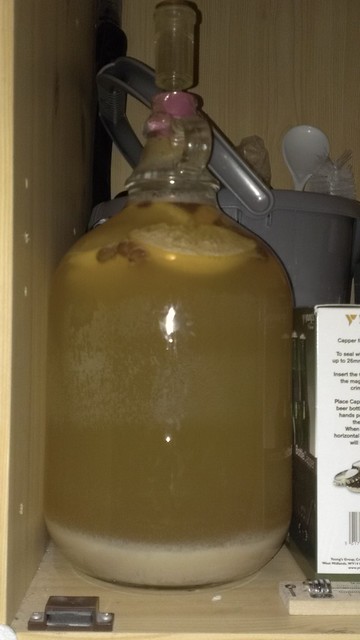Peppers16
Well-Known Member
At the risk of being that overly worried beginner... Does anyone think this looks like a normal amount of lees for a JAOM that's less than a month old? I guess the curved-style base exaggerates it a bit, but still seems like quite a lot.

I guess adding some extra nutrient, aerating well and using a whole sachet of bread-yeast kind of resulted in a monster yeast cake...
I know JAOMs are not meant for racking, but for a young yeast cake this is a little disconcerting!
I'll probably resist the urge to rack it though, not least because I have no spare demijohns!
Cheers!

I guess adding some extra nutrient, aerating well and using a whole sachet of bread-yeast kind of resulted in a monster yeast cake...
I know JAOMs are not meant for racking, but for a young yeast cake this is a little disconcerting!
I'll probably resist the urge to rack it though, not least because I have no spare demijohns!
Cheers!

